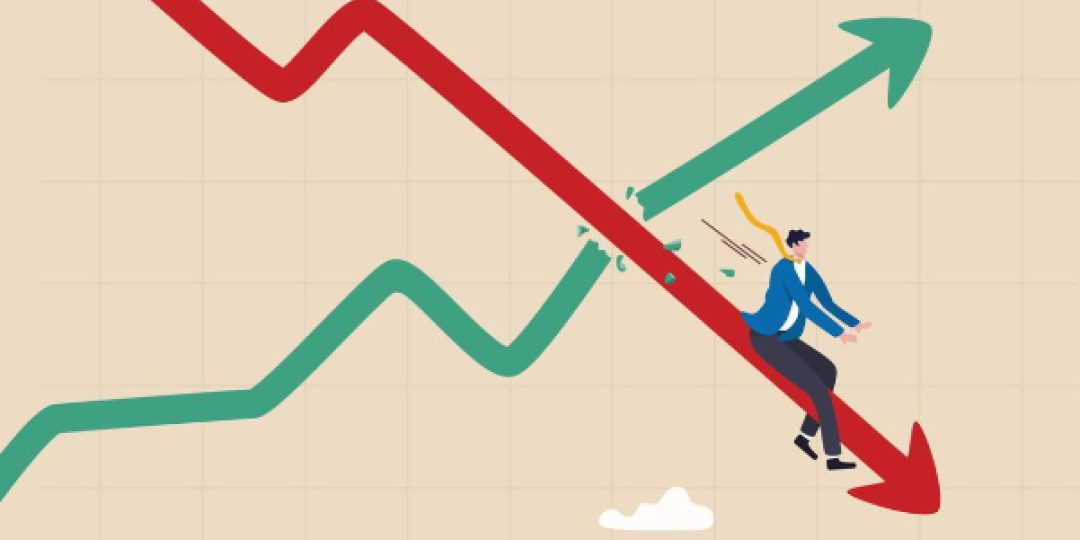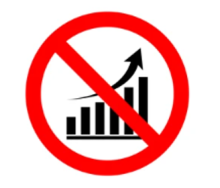Headline consumer inflation cooled for a second consecutive month in May to 6,3% from 6,8% in April, Statistics South Africa has reported.
May’s reading is the lowest since April 2022 when the rate was 5,9%.
The month-on-month change in the consumer price index (CPI) was 0,2% in May.
The annual rate for food and non-alcoholic beverages (NAB) was 11,8%, lower than April’s print of 13,9%. The price index for this category increased by 0,3% between April and May, the lowest monthly reading since November 2021 (0,1%).
Most food and NAB categories recorded lower annual inflation rates in May, except sugar, sweets and desserts, and cold beverages.
Annual meat inflation slowed to 7,1% from 9,5% in April, Stats SA said.
On average, meat prices declined by 0,4% between April and May, with notable monthly decreases recorded for stewing beef (down 2,4%), pork (down 1,4%) and beef mince (down 1,3%).
After peaking at an annual rate of 37,6% in August 2022, the index for oils and fats continued to fall sharply in May, recording a ninth consecutive month of decline. Prices for oils and fats decreased by 2,2% between April and May, pulling the annual rate down to -2,4%.
Bread and cereals inflation slowed to 18,1% in May from 20,8% in April.
Prices for sugar, sweets and desserts increased by 11,9% in the 12 months to May, up from April’s 10,7%. The reading in May is the highest since July 2017 when the rate was 14,5%.
White sugar increased sharply by 2,7% and slabs of chocolate by 2,9% between April and May. In the 12 months to May, the average price of a 2,5 kg bag of white sugar increased from R49,68 to R53,00. The average price of a slab of chocolate (80 grams) rose from R17,11 to R20,26 over the same period.
Those who enjoy fizzy drinks, mineral water and fruit juices have also had to dig deeper into their pockets. The cold beverages category recorded an average annual price increase of 10,5% in May, creeping up from 10,3% in April. May’s reading is the highest since March 2019 (13,1%).
Households have recently rekindled a liking for restaurants and hotels, according to the latest gross domestic product (GDP) figures. Increased household expenditure in the first quarter of the year was mainly driven by spending on restaurants and hotels, which jumped by 6,9%. This rise is in real terms (constant 2015 prices and seasonally adjusted).
Price data for May shows annual inflation for the restaurants & hotels category accelerating to 6,4% from 5,1% in April. Restaurant prices rose by 1,2% between April and May. This took the annual rate for restaurants to 7,4% from 7,1% in April.
Restaurant products with the highest annual increases in May were fish and seafood (up 11,3%), pizza (up 9,3%) and red meat-based products (up 9,0%). Products with significant month-on-month increases in May were pies (up 2,3%), hot beverages (up 1,9%), poultry-based products (up 1,8%), hamburgers (up 1,6%) and red meat-based products (up 1,5%).
The transport index increased by 7,0% in the 12 months to May. This was lower than April’s print of 7,6%. Annual motor vehicle inflation accelerated to 7,5% from 7,2% in April. This is the highest reading since February 2017 when the rate was 8,1%.
The annual rate for fuel decreased further in May, cooling to 3,5% from 5,0% in April.
Annual health inflation has ticked up since January 2023 – when the rate was 4,8% – to reach 5,8% in May. This was mainly the result of higher prices for medical products, which recorded an annual rate of 5,8% (up from 4,8% in April).
Notable monthly price increases were recorded for painkillers (up 3,0%) and vitamin & mineral supplements (up 6,6%).
The graphs below show the products that recorded notable price increases in May.













